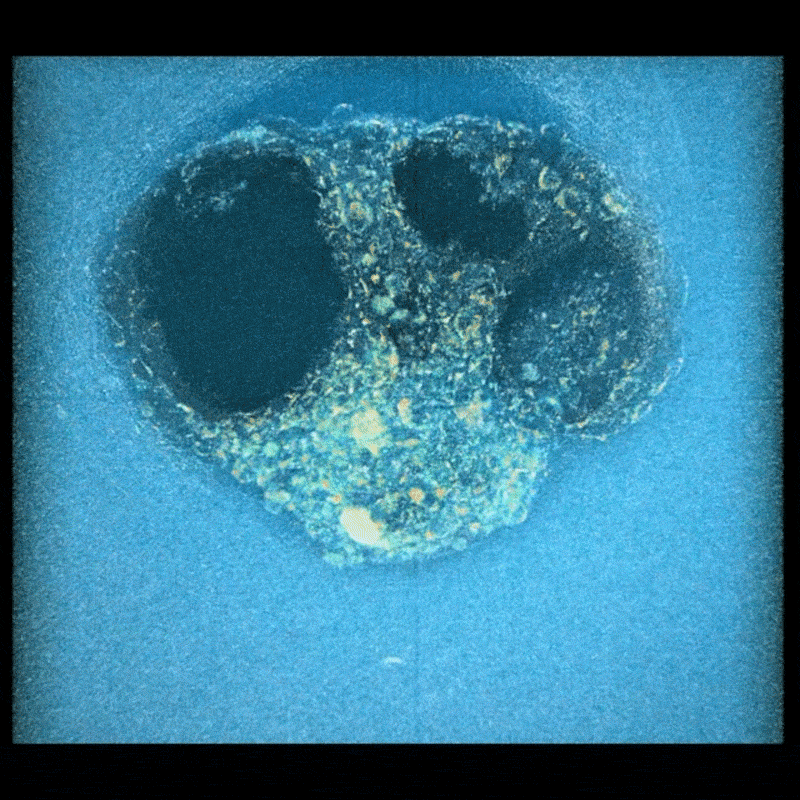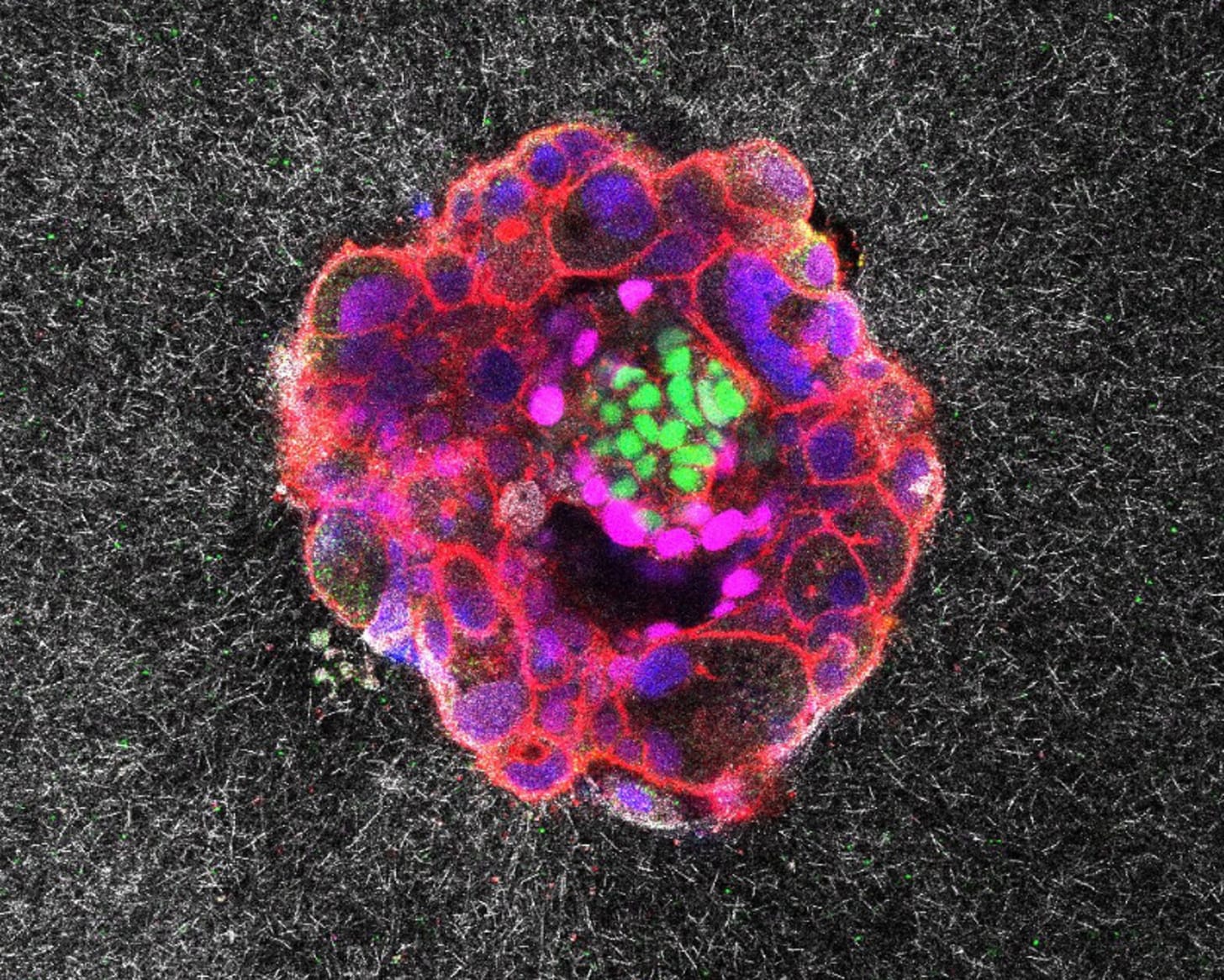The First Observed Human Embryo Implantation—A Beautiful Observation—But Exaggerated in Its Significance by Most Media Reports
Spanish and Israeli investigators recently published a paper in Science Advances1 in which, as several media reported, “they, according to a press release by the Institute for Bioengineering of Catalonia (IBEC),2 recorded in real time for the first time human embryo implantation.” But – as so often the case – and not wanting to take anything away from the fact that the investigators published an interesting paper—the media, including for example The Guardian3 and even Nature magazine,4 really didn’t get the whole story right by concentrating on the alleged “brutal force” with which the embryos penetrated the uterus, and here is why.
First of all, the reported studies were performed in vivo in a mouse model and, of course, not in humans (how would one, indeed, observe implantation of an embryo in the uterus of a woman in vivo?). Second, for research, donated human embryos were, indeed, observed “implanting,” but only in an artificial gel, supposedly structurally mimicking the endometrium. Third—and most importantly—implantation is, of course, not only a mechanical process, as described in the human gel experiment—but, first and foremost, an immunological process. And this immunological process depends on the implanting embryos not being rejected by the maternal immune system, as it, according to all ground rules of immunology, should be a so-called semi-allograft of the father.
What is meant by that is that half of the embryo’s genetic makeup comes from the father. And, if the mother used a donor’s egg or a gestational carrier, the resultant embryo would be, indeed, 100% allogeneic (i.e., “foreign”) and, still, will not—as one would expect—be rejected.


That is, it will not be rejected if the mother’s immune system functions normally because a normal immune system has the ability to “reprogram” itself in ways that make this invading “transplant” immunologically invisible. Once immunologically invisible, the immune system will “tolerate” the embryo, while the same woman would, with great likelihood, aggressively reject any organ transplant from her husband.
A failure in the development of proper tolerance, however, will not establish this “invisibility” of the embryo and it’s mechanical invasion into the endometrium will immediately elicit an immune response potentially leading to rejection which can manifest itself in extremely early rejection (i.e., failure to noticeably implant or very early miscarriage, a so-called chemical pregnancy, or in later spontaneous miscarriages) and/or even quite late intrauterine fetal demises.
The only media publication that picked up on all of this was Forbes, where the article’s author, Leslie Katz, asked the CHR’s Medical Director and Chief Scientist, Norbert Gleicher, MD, in an interview for his opinion about the paper and then cited him in her article.5
References
Godeau AL, Seriola A, Tchaicheeyan O, et al. Traction force and mechanosensitivity mediate species-specific implantation patterns in human and mouse embryos. Sci Adv. Published online August 15, 2025. doi:10.1126/sciadv.adr5199
Institute for Bioengineering of Catalonia. Graban por primera vez el proceso de implantación de un embrión humano en tiempo real [in Spanish]. Published August 8, 2025. https://ibecbarcelona.eu/graban-por-primera-vez-el-proceso-de-implantacion-de-un-embrion-humano
Thomas T. Scientists capture first footage of human embryo implanting in a uterus. The Guardian. August 15, 2025. https://www.theguardian.com/science/2025/aug/15/scientists-capture-first-footage-of-human-embryo-implanting-in-a-uterus
Ahart J. Watch a human embryo implant itself — with brute force. Nature. Published online August 15, 2025. doi:10.1038/d41586-025-02627-2
Katz L. Dramatic footage captures human embryo implanting in real time. Forbes. August 16, 2025. https://www.forbes.com/sites/lesliekatz/2025/08/16/dramatic-footage-captures-human-embryo-implanting-in-real-time/


